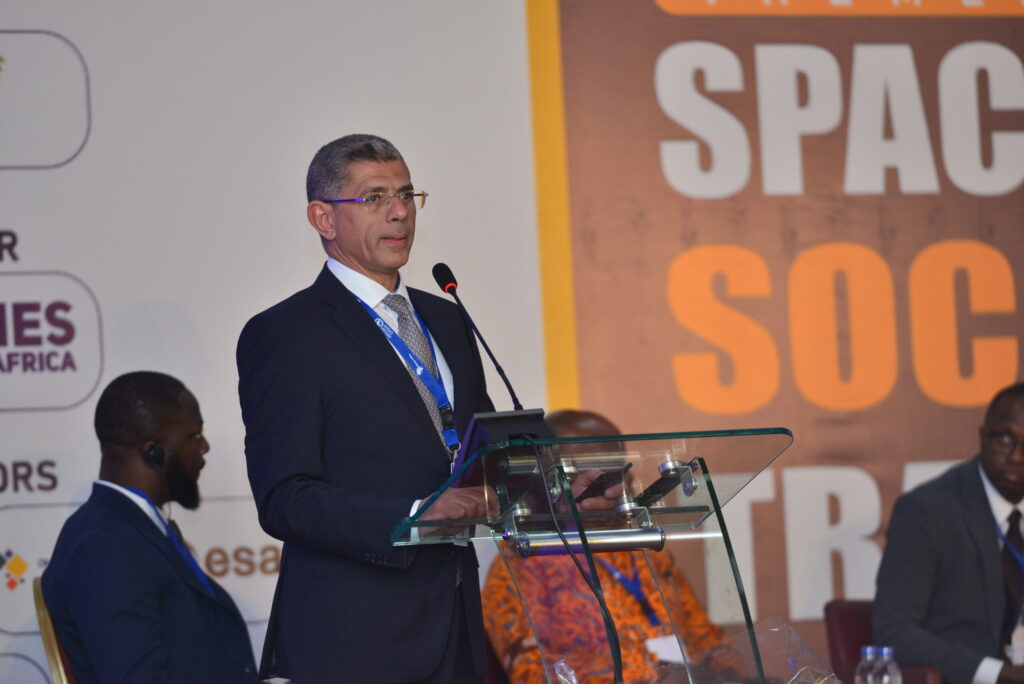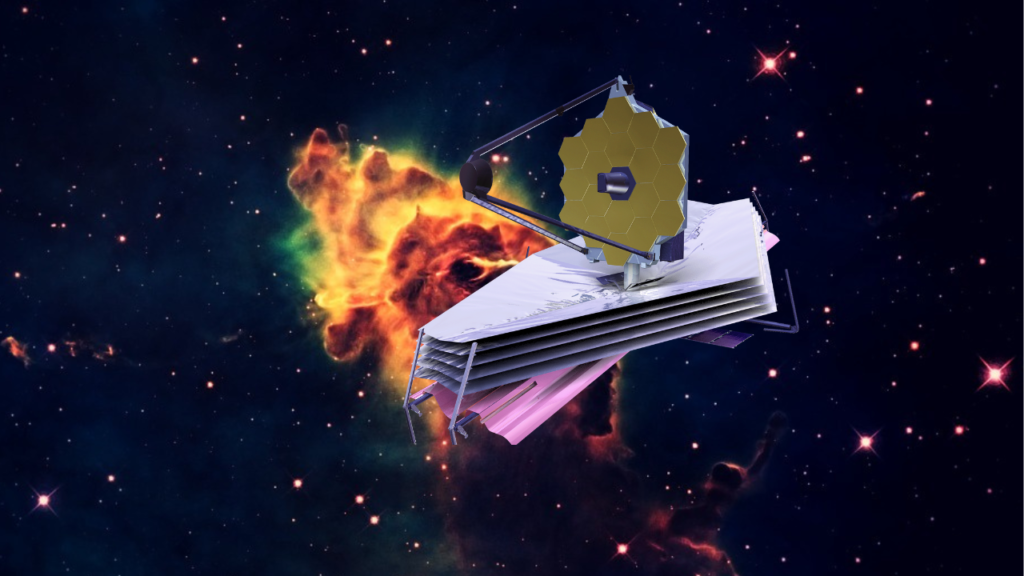Egypt has one of the earliest and most robust space programmes in Africa. With two launched satellites, a space city under construction, the operationalisation of the African Space Agency in the country, several bilateral agreements in advancements in space technology, and other satellite projects in various development stages, Egypt led the African space technology development in 2023.
Some of its most remarkable collaboration is the capacity and technology agreement with China, which led to the launch of the Horus 1 and 2 satellites earlier in 2023 to combat climate change and the impact of urbanisation on its arable lands, and the development and testing of the MisrSat-2 in Egypt’s state-of-the-art Assembly, Integration, Testing facility.
Furthermore, Egypt’s Space City project continues to progress with monumental steps towards leveraging space technology for economic advancement. The newly operational African Space Agency, headquartered in the Egypt Space City, was inaugurated in January 2023, and the Egyptian parliament approved hosting the agency in June 2023.
In this interview, Dr Sherif Sedky, the CEO of the Egyptian Space Agency, discusses more about the country’s space vision for 2023, its achievements, and goals for the coming year.
What are the primary goals and objectives of the agency? What specific goals did the agency work towards in 2023?
We had several objectives for this year. The first was the completion of the AIT facility, which we managed to finish in time. It is considered to be the largest in Africa and the Middle East. The facility can handle satellites weighing up to 650 kilograms and run all seven major tests a satellite needs to undergo.
The second goal was to complete two satellite missions. The MisrSat2, a 350-kilogram satellite with two payloads combined (2 metres panchromatic and 8 metres multispectral), was tested at our AIT facility.
The satellite can give us imagery with a 2-metre resolution. It is ready and was launched on 4th December 2023 in China. The satellite has various applications, including precision agriculture in Egypt and Africa, urban development, and water and natural resources management. We are working hard toward commercialising the MisrSat 2 once it gets launched, not only locally but globally, and we are looking to share our knowledge and data with other African countries. Another of our objectives was the completion of our earth-receiving station, which will be used to control the MisrSat2. The second satellite that we needed to complete is the NextSat, a microsatellite that will be launched on 30th January 2024.
Additionally, we facilitated a lot of training programmes. We are working on the CLIMCAM project, a joint initiative between Egypt, Kenya and Uganda. The team from the other countries are working on-site at the Egyptian Space Agency to develop a remote sensing camera, which will be placed on the Bartolomeo platform of the International Space Station. We have also conducted several training programmes for African engineers from 16 countries and are trying to localise small satellite manufacturing and assembly technologies. Consequently, we have 60% capacity to develop nanosatellite systems. Currently, we are working with five other African countries to build a 6U satellite to help manage climate change. Also, on our own, we can develop 35% of a microsatellite system, including the satellite’s software, design and AIT. And we have access to several applications for analysing satellite data and providing critical insights to policy-makers in various industries.
Egypt is also working on finalising the Egypt Space City, which is the headquarters of the African Space Agency. By the end of this year, we will have the project completed and ready for operation. This year, we focused on building space infrastructure. In 2024, our focus will be on commercialising our satellite imagery data.
What were the agency’s most impactful initiatives or collaborations in 2023?
The most impactful projects for us will be the launch of the MisrSat 2 and the completion of the AIT centre, two projects we worked on with China. These will help us boost space technologies in Egypt and Africa at large. We had our local engineers trained on these projects and gained critical space infrastructure. This will increase the chances of strategic and symbiotic partnerships with other African countries.
When can other African countries start using the AIT centre?
We are starting now. The centre is ready, validated, and open to other African countries for testing. We are in talks with several countries and are inviting African countries to use our facility.
What priority areas is the country particular about besides capacity development and infrastructure building?
We are focused on building a constellation of 1-metre resolution satellites that will help achieve the sustainable development goals in Africa. The objective is to capitalise on our experience with the satellites we have built and launched this year to create valuable satellite imagery to solve our developmental challenges.
What steps did the agency implement to promote STEM and space education this year to the country’s younger generation?
We collaborate with universities to facilitate various critical training programmes for our students. In addition, we developed the SpaceKey initiative, otherwise known as the Educational Satellites Project, a programme that organises experiments across 32 various science and engineering schools in Egypt. This will help students understand space and satellite systems, how to use satellites for multiple applications, how to build satellite components, etc. The programme ends with students building a satellite for a specific application, and it helps them have better insights into satellite engineering.
The project is a practical approach to teaching space and satellite engineering to students, and they’re already in the hands of the schools. We are also planning to share the framework of this project with other African countries. We have pitched this to other countries to see if they are interested in acquiring such projects.
For the future, we are working on activating a space academy in the Egyptian Space Agency to improve capacity building by training young people and offering professional certifications in specific areas of space engineering.
What are your priorities in 2024, and what can we look forward to?
We are working on launching two satellites, the AfdevSat (African development satellite) and SPNEX (Space Plasma Nanosatellite Experiment) mainly for climate change monitoring. We are also looking forward to the opportunity to use our facilities and increase collaborations with other African countries, especially for commercialising the MisrSat2 images and applications.
Based on Egypt’s 10-year plan, the country is still in the first three years of implementing its short-term goals. What were the milestones for the first three years, and how close or far away would you say the nation is from achieving these milestones?
We plan to develop the satellite technology in Egypt, and the level of maturity differs from one satellite category to another. As I mentioned, we have reached 60% localisation on nanosats development, 35% for microsat, and we are at 15% for the minisats. For 2024, we are looking forward to deepening these percentages to reach international standards.
What’s the bridge between EgSA and its sister organisation – NARSS?
We all have a good relationship with one another. We develop and exchange expertise, have lots of shared facilities, and have many constructive collaborations. NARSS manages space applications, and the EgSA manages space technology for satellites. We acquire and process the satellite images and share them with NARSS.
Credit: Space in Africa



